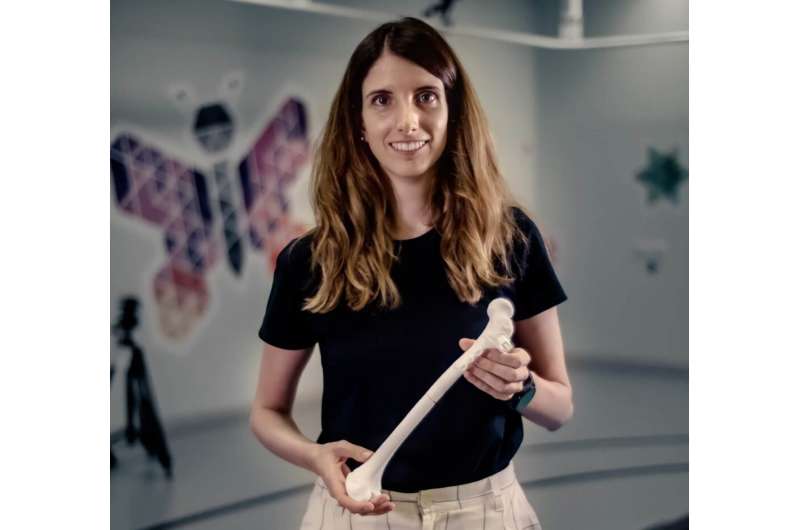Digital ‘twins’ revolutionise children’s hip deformity surgery and recovery

Children undergoing surgery for severe hip deformities can now benefit from much shorter surgeries, which means getting back to normal walking and sitting sooner, thanks to an innovation that creates a computerized “twin” of their bodies and movement.
One child every two days in Queensland undergoes surgery for severe hip deformities.
The digital “twins” of child patients allow surgeons to better plan, test and execute complex surgeries, says creator Dr. Martina Barzan (Griffith University) and her team. Surgery time, coming in at about $50 a minute, is cut in half, radiation decreased, and recovering back to normal walking for every patient.
Dr. David Bade from the Queensland Children’s Hospital has trialed the technique and agrees that using the 3D-printed guides reduces his surgical time. “This is particularly so with very difficult deformity cases,” he says. “With less surgical time, there are less X-rays and radiation doses, and less blood loss for these young patients.”
Dr. Barzan explains that before the digital twins were created, “surgeons would have to cut out X-rays and move the pieces back and forth.” Now, surgeons can use computerized replicas of the children’s bones, muscles and the way they move to understand how their hips will move after the surgery, to make the best virtual plan.
Dr. Barzan designed a system to translate those virtual plans to the operating theater, using 3D-printed surgical guides individually matched to each patient’s body. “Nine months later, all of the children could walk normally, sit and play pain-free,” Dr. Barzan says.
Dr. David Bade says that the innovation “helps me, as a surgeon, get the best result on the table, and also helps the patient get a more accurate result and better outcome long term. This type of pre-planning and patient-specific cutting guides can be used in multiple areas of the body and in multiple deformities.”
The only treatment for children with severe hip deformities is surgery. Such deformities can occur through trauma, infection or being born with them.
Source: Read Full Article
